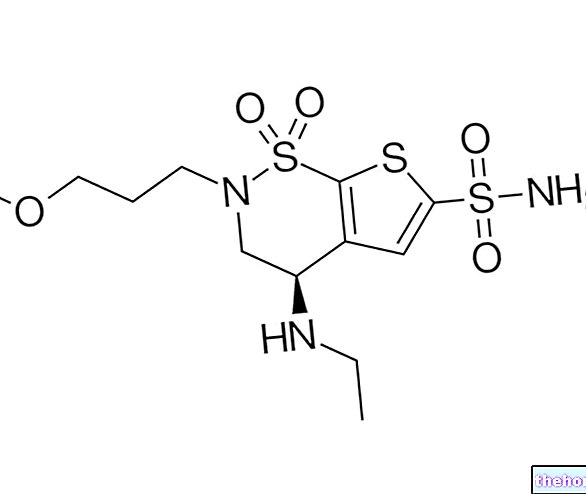
What is Briviact -Brivaracetam and what is it used for?
Briviact is an antiepileptic medicine used in addition to other antiepileptic medicines to treat partial-onset seizures (seizures that begin in a specific "area of the brain). It can be taken by adults and adolescents aged 16 and over who have partial seizures. , with or without secondary generalization (ie when the abnormal electrical activity extends into the brain).
Briviact contains the active substance brivaracetam.
How is Briviact -Brivaracetam used?
Briviact is available as tablets (10, 25, 50, 75 and 100 mg), as an oral solution (10 mg / mL) and as a solution for injection or infusion (drip) into a vein (10 mg / mL). The recommended starting dose is 25 mg or 50 mg twice a day, depending on the patient's condition. The dose can be adjusted according to the patient's needs, up to a maximum of 100 mg twice daily.
Briviact can be given by injection or infusion (drip) into a vein if oral administration is not possible.
For more information, see the package leaflet.
The medicine can only be obtained with a prescription.
How does Briviact-Brivaracetam work?
The active substance in Briviact, brivaracetam, is an anti-epileptic medicine. Epilepsy is caused by an excess of electrical activity in certain areas of the brain. The exact modes of action of brivaracetam are not yet fully known; however, the medicine attaches to a protein, called synaptic vesicle protein 2A, which is involved in the release of chemical transmitters from nerve cells. This allows Briviact to stabilize electrical activity in the brain and prevent seizures.
What benefits of Briviact-Brivaracetam have been shown in studies?
Briviact was more effective than placebo (a dummy treatment) in reducing seizures. This was seen in three main studies involving 1,558 patients aged 16 and over. Patients were given either Briviact or placebo, in addition to the antiepileptic treatments already taken. Taking the three studies together, seizure frequency halved (at least) in 34-38% of patients who added Briviact to their therapy at doses ranging from 25 to 100 mg twice daily. The improvement obtained in the patients who added the placebo was instead of 20%.
What are the risks associated with Briviact -Brivaracetam?
The most common side effects with Briviact (which may affect more than 1 in 10 people) are sleepiness and dizziness. For the full list of side effects reported with Briviact, see the package leaflet.
Briviact must not be used in patients who are hypersensitive (allergic) to brivaracetam, to other pyrrolidone derivatives (medicines with a chemical structure similar to that of brivaracetam) or to any of the other ingredients.
Why has Briviact -Brivaracetam been approved?
The Agency's Committee for Medicinal Products for Human Use (CHMP) decided that Briviact's benefits are greater than its risks and recommended that it be approved for use in the EU.
Clinical studies have shown that adding Briviact to antiepileptic therapy was more effective than adding placebo in controlling partial onset seizures in adults and adolescents aged 16 years and over. The side effects of Briviact were considered to be manageable for the most part, as they were mild or moderately severe.
What measures are being taken to ensure the safe and effective use of Briviact-Brivaracetam?
A risk management plan has been developed to ensure that Briviact is used as safely as possible. Based on this plan, safety information has been added to the summary of product characteristics and package leaflet for Briviact, including the appropriate precautions to be followed by healthcare professionals and patients.
Further information can be found in the summary of the risk management plan.
More information about Briviact -Brivaracetam
For more information about Briviact therapy, read the package leaflet (included with the EPAR) or contact your doctor or pharmacist.
The information on Briviact -Brivaracetam published on this page may be out of date or incomplete. For a correct use of this information, see the Disclaimer and useful information page.




























